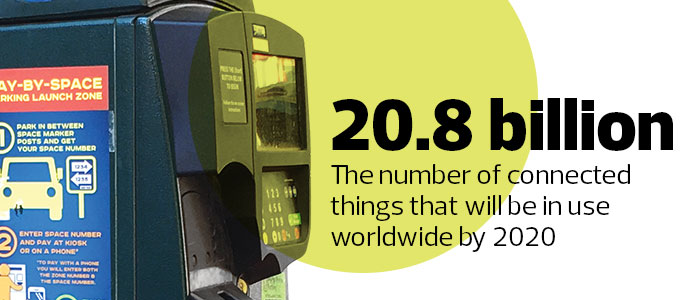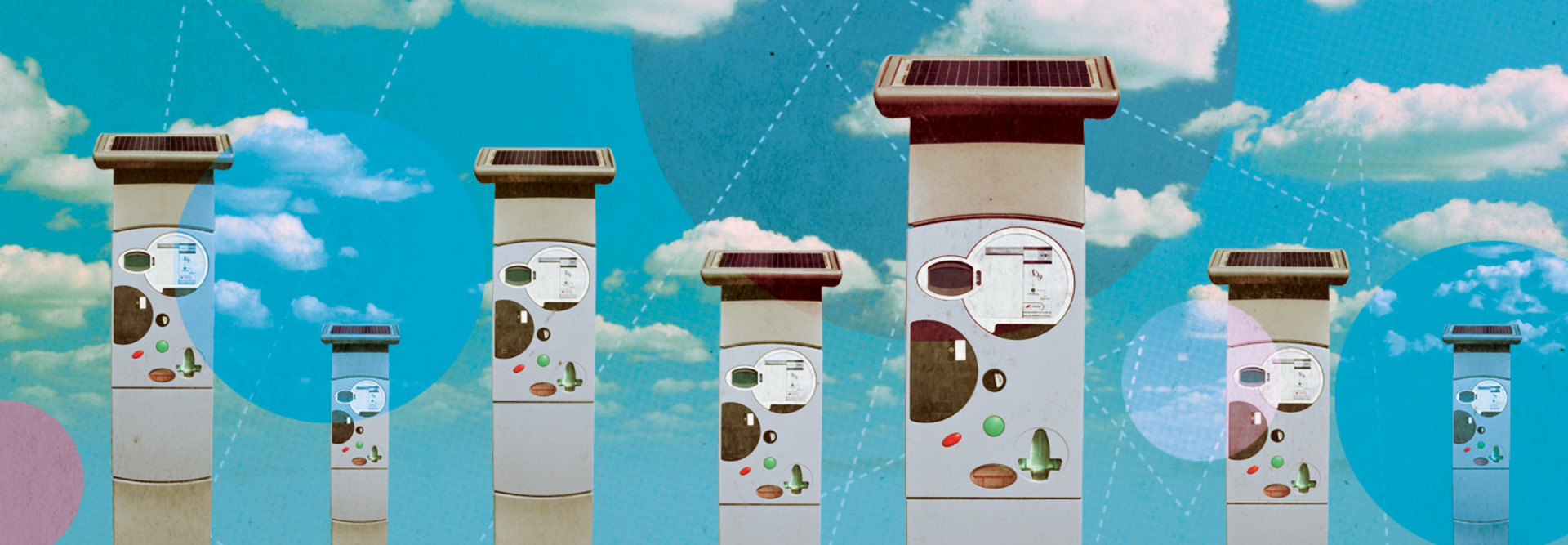Smart Cities Look to the Narrowband Internet of Things
Emerging Narrowband Internet of Things (NB-IoT) technology promises to deliver a more affordable and power-efficient way to connect small, battery-operated remote devices to the Internet.
The technology could make municipal applications like utility metering, street lighting, smart parking and toll road charges more efficient and effective.
Backed by the NB-IoT Forum, a group led by major carriers and equipment vendors like Vodafone, Nokia, Ericsson and Intel, NB-IoT is one of three newly released cellular narrowband standards from the 3rd Generation Partnership Project (3GPP), which develops telecommunications standards.
The Need for Better IoT Solutions
“Reducing cost and power consumption while increasing coverage are the main drivers,” explains Simon Glassman, senior principal of strategic partnerships in Europe, the Middle East and Asia for u-blox, a member of the NB-IoT Forum. “There is a wide range of IoT application areas where mass adoption is held back by the inability to meet one or more of these requirements.”
“Cellular networks already offer very good geographic coverage in mature markets; however, many potential connected things are in remote or hard-to-reach areas, at long distances from the next cellular base station,” Glassman says.
When there is coverage, it is often poor and requires the device transmitter to operate at high power, draining the battery. Cellular networks are not optimized for applications that only transmit small amounts of infrequent data.

SOURCE: Gartner, "Forecast Alert: Internet of Things - Endpoints and Associated Services, Worldwide, 2015," October 2015
Enter NB-IoT, which offers a platform “for ultralow-cost, low-throughput use,” Glassman says. “The standard coexists with LTE and can be deployed in band using resource blocks within normal LTE carriers, or stand-alone for deployments in dedicated spectrum.”
With NB-IoT, municipalities could bring small battery-powered devices like utility meters online, and those devices won’t need recharging for a decade.
Local governments could use devices connected via NB-IoT to control lighting, check when waste bins need emptying, identify free parking spaces, monitor environmental conditions and more.
Expect to See NB-IoT Applications in the Near Future
As ON World Director of Research Mareca Hatler explains, compared with other Low Power Wide Area (LPWA) networking technologies, the benefit of LTE-M (the machine-to-machine version of the LTE standard) and ultimately NB-IoT is the ability to use existing infrastructure.
“The vision of NB-IoT is compelling for government and other enterprise users, but this technology is several years away, and other LPWA technologies such as LoRaWAN [long-range wide area network] and SIGFOX [a cellular system that uses ultra-narrowband technology] are moving faster,” she explains. Commercially developed devices are expected to become available in 2017.
Forward-thinking leaders like Dan Hoffman, chief innovation officer for Montgomery County, Md., are eager for the new technology to become widely available. He predicts applications will become prevalent in the next couple of years.









